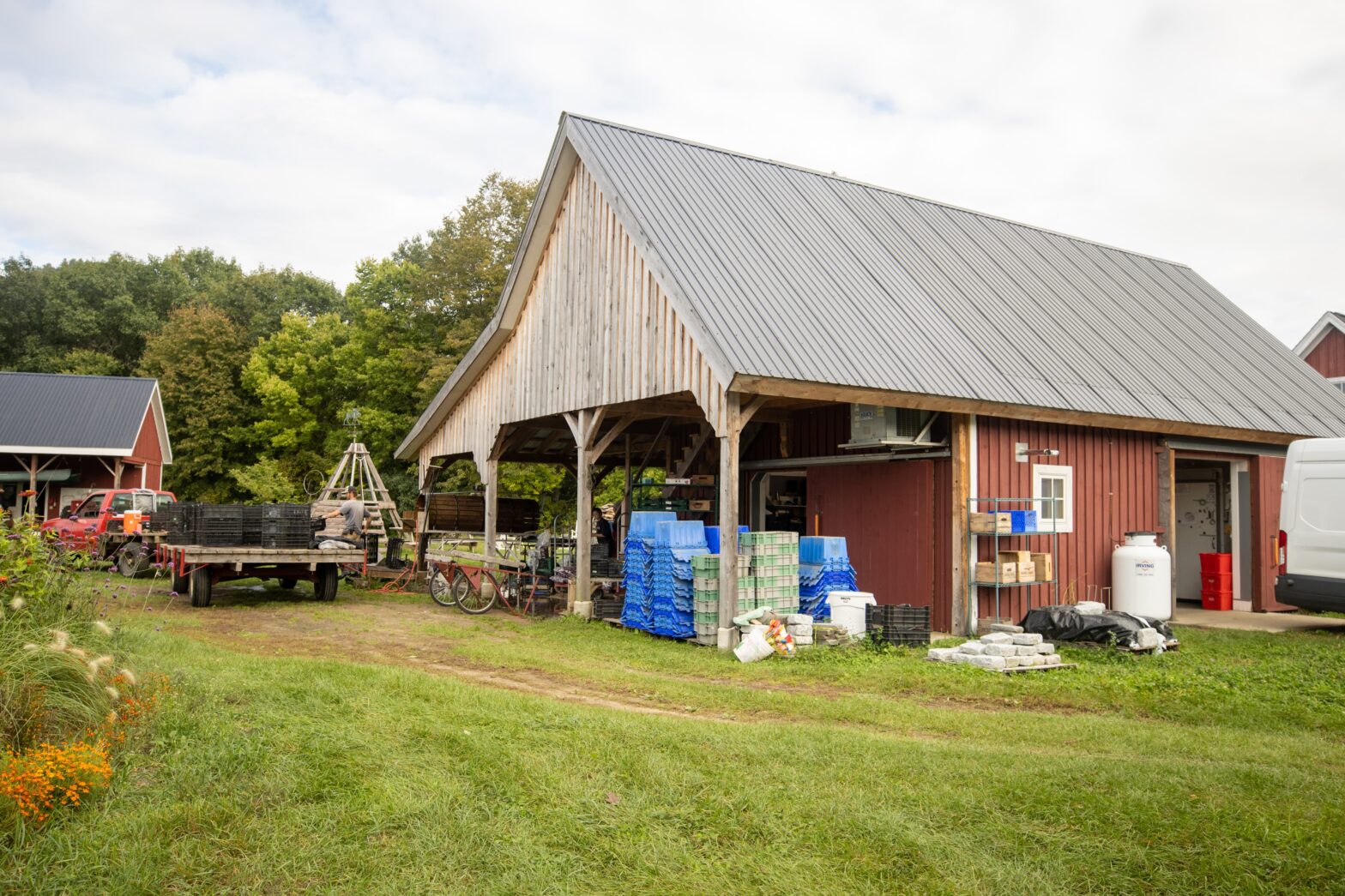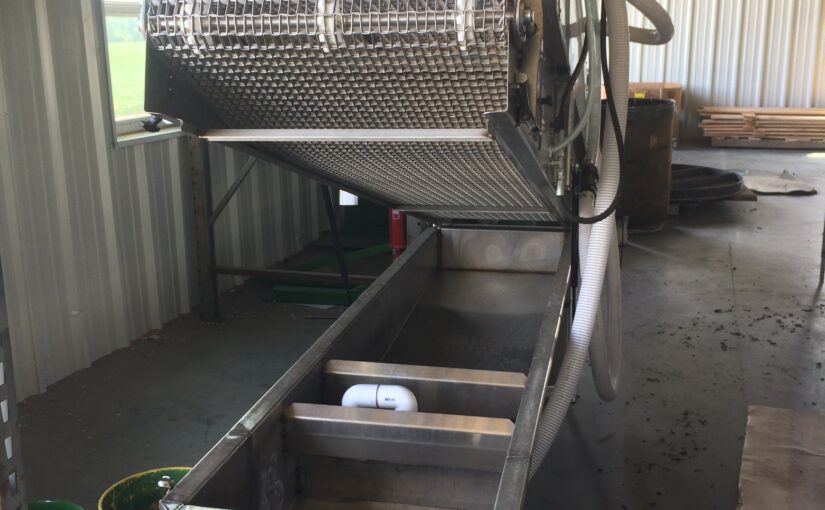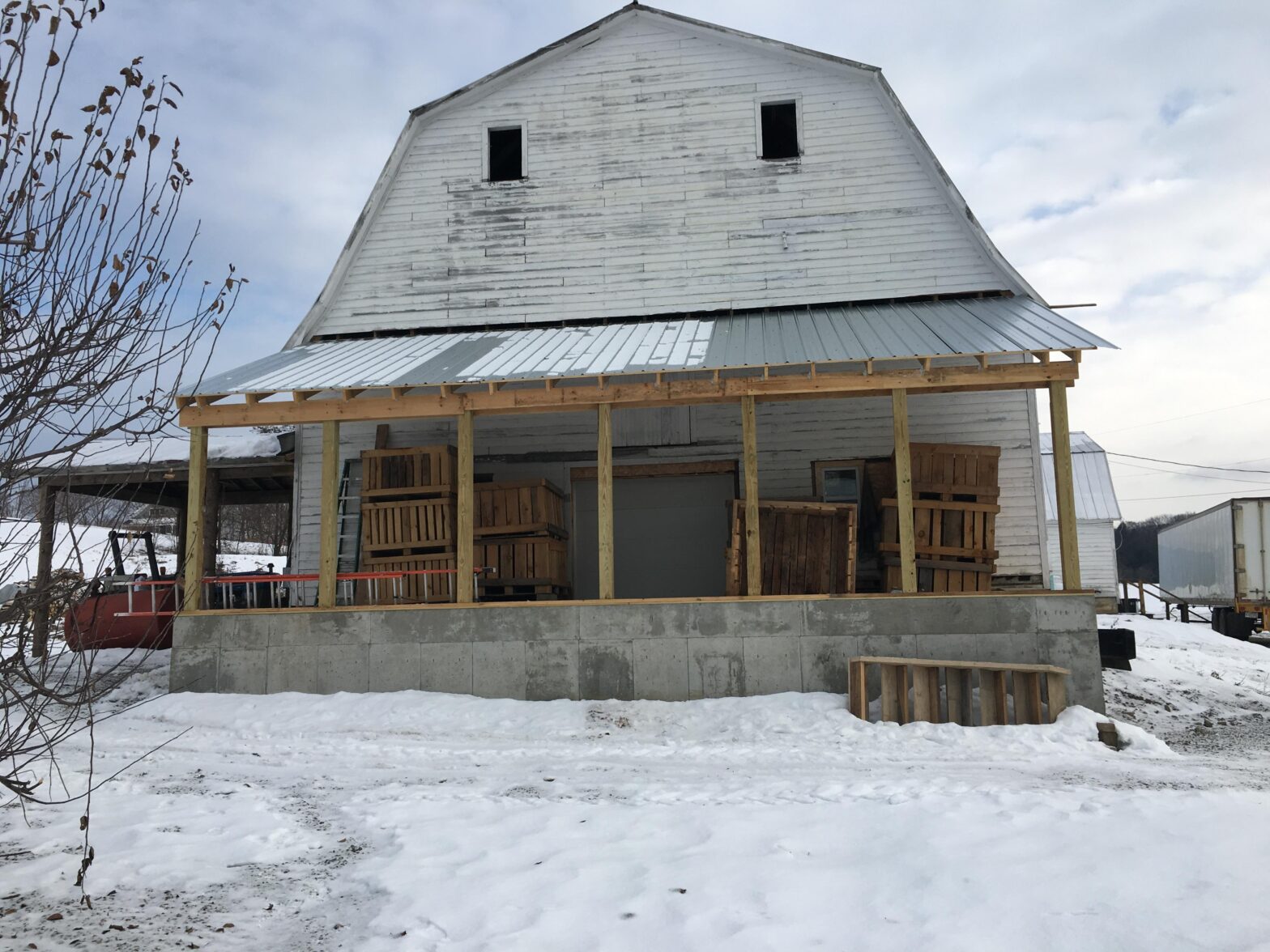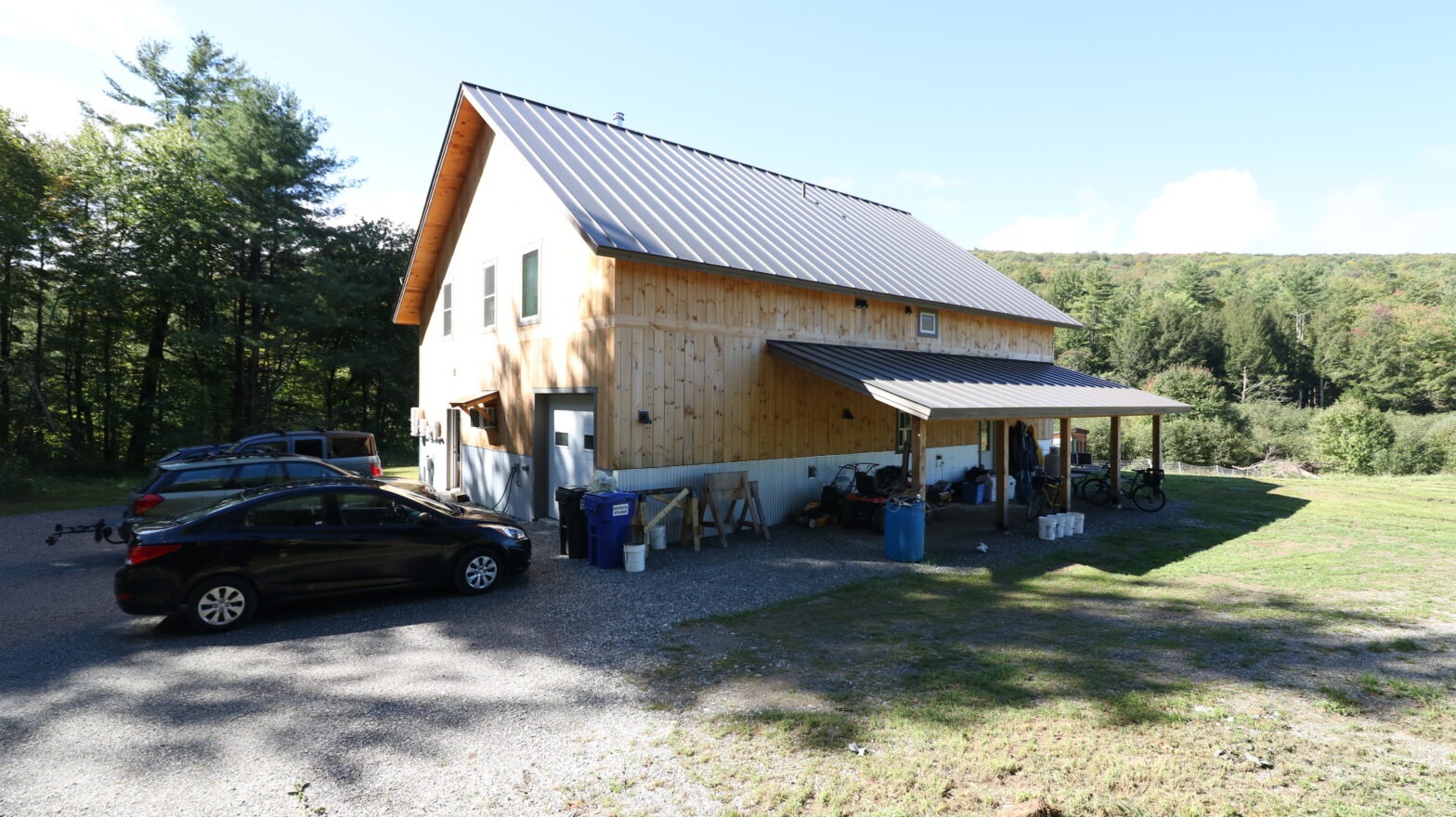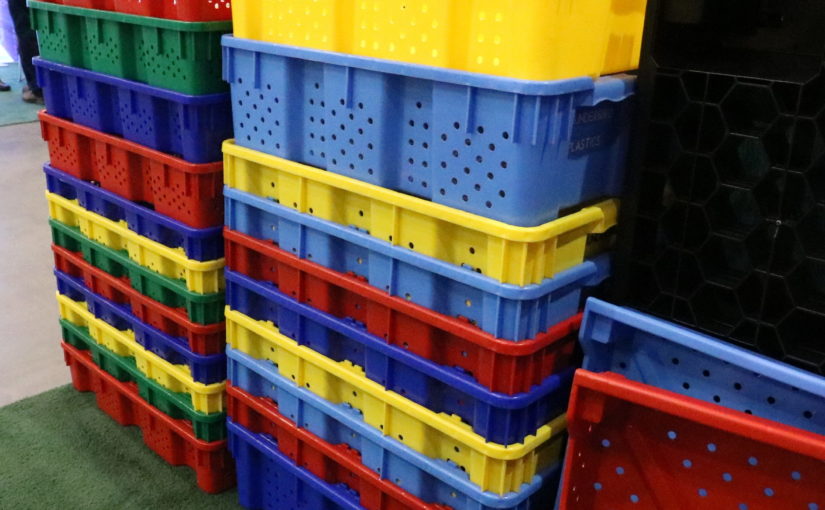A PDF of this case study is available for download here. Danielle Allen and Ben Dana own and operate Root 5 Farm in Fairlee, Vermont. This organic vegetable farm on the Connecticut River provides over 200 CSA members, farmers market, restaurant, and wholesale customers with local, healthy food. Over 100 different varieties of crops are …
Continue reading “Wheels Keep Things Rolling at Root 5 Farm”

